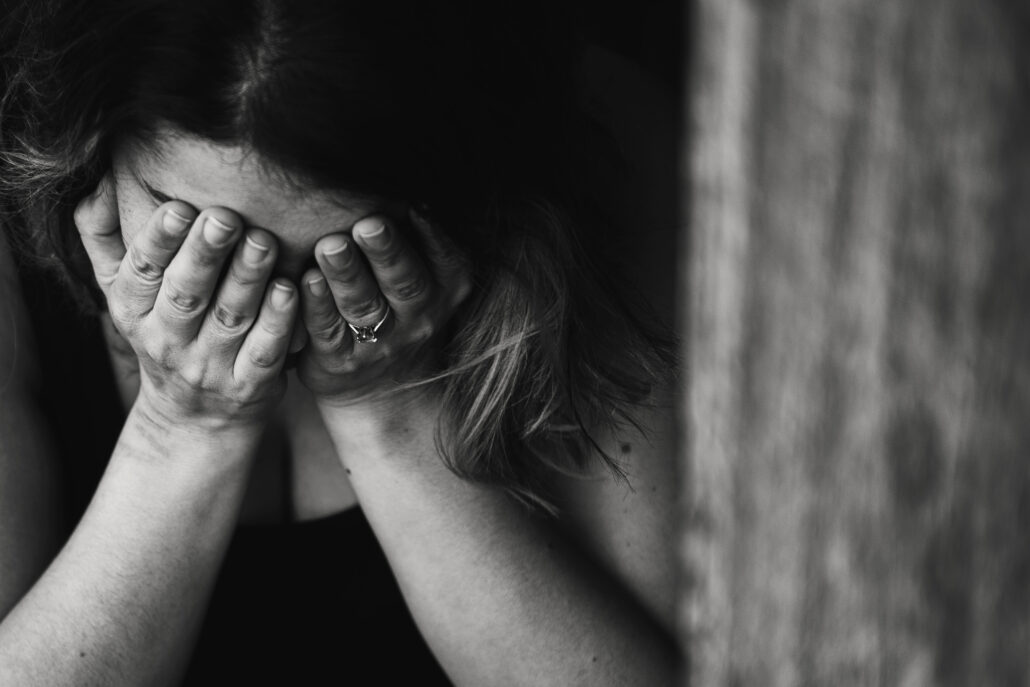During this time of year, many people report feeling down due to the change in weather. However, some people struggle specifically with seasonal affective disorder (SAD), a subtype of depression related to the change in seasons.
Seasonal depression is most likely to occur in the fall and winter, when the weather is cooler and the days are shorter than in the summer. It’s much more common in northern areas where there is less daylight. In some cases, people will experience SAD in the spring and summer.
Here are three important things to know about SAD.
1. Seasonal Affective Disorder Is More Common Than You Think
According to the American Academy of Family Physicians, around 4 to 6 percent of people in America experience SAD. Additionally, another 10 to 20 percent may have a milder form of the disorder.
Most people who have SAD are women. The condition is 4 times more common for them than it is for men. Similar to some other mental health disorders, SAD is most likely to develop when someone is in their 20s.
2. While Many SAD Symptoms Are Similar to Depression, There Are a Few Unique Characteristics
The signs of seasonal depression are similar to those of major depression, including feelings of hopelessness, lower energy, changes in weight or sleep patterns, trouble concentrating, and thoughts of suicide or death. For a full list of symptoms, consult the National Institute for Mental Health.
However, people struggling with SAD specifically can also experience a few different symptoms. According to Mental Health America, SAD symptoms include the following:
- Low energy
- Extreme mood changes around changes in seasons
- Oversleeping and difficulty staying awake
- Overeating and specific cravings for carbohydrates
- Desire to avoid social situations
3. There Are a Variety of Treatment Options
The most common treatments prescribed for SAD include medication, light therapy, and psychotherapy. Often, a combination of these can work best for patients. Light therapy is a treatment unique to those who struggle with seasonal depression, as it uses light boxes with artificial light to try and replace some of the sunshine people aren’t exposed to in the fall and winter.
Finding the right treatment can tremendously increase quality of life for those affected with SAD. Antidepressants can often help people struggling with seasonal depression. However, some people need to try various medications or dosages before they find a treatment that works for them.
If your clinician recommends mental health medication, ask if pharmacogenetic (PGx) testing can help personalize your medication plan.
The Genomind Pharmacogenetic test looks at 24 genes related to mental health treatment. It provides guidance across 10+ mental health conditions and 130+ medications to help clinicians determine:
- Which medications will likely be the most effective
- Which medications may have side effects
- How you metabolize medications for personalized dosing guidance
The Genomind PGx test requires a prescription. Learn more about Genomind here.
Does Your Medication Work for You?
Get a lifetime of mental health treatment guidance. Genomind’s leading pharmacogenetic test was designed to help your clinician personalize your treatment plan based on your genetic profile. Get started today.

